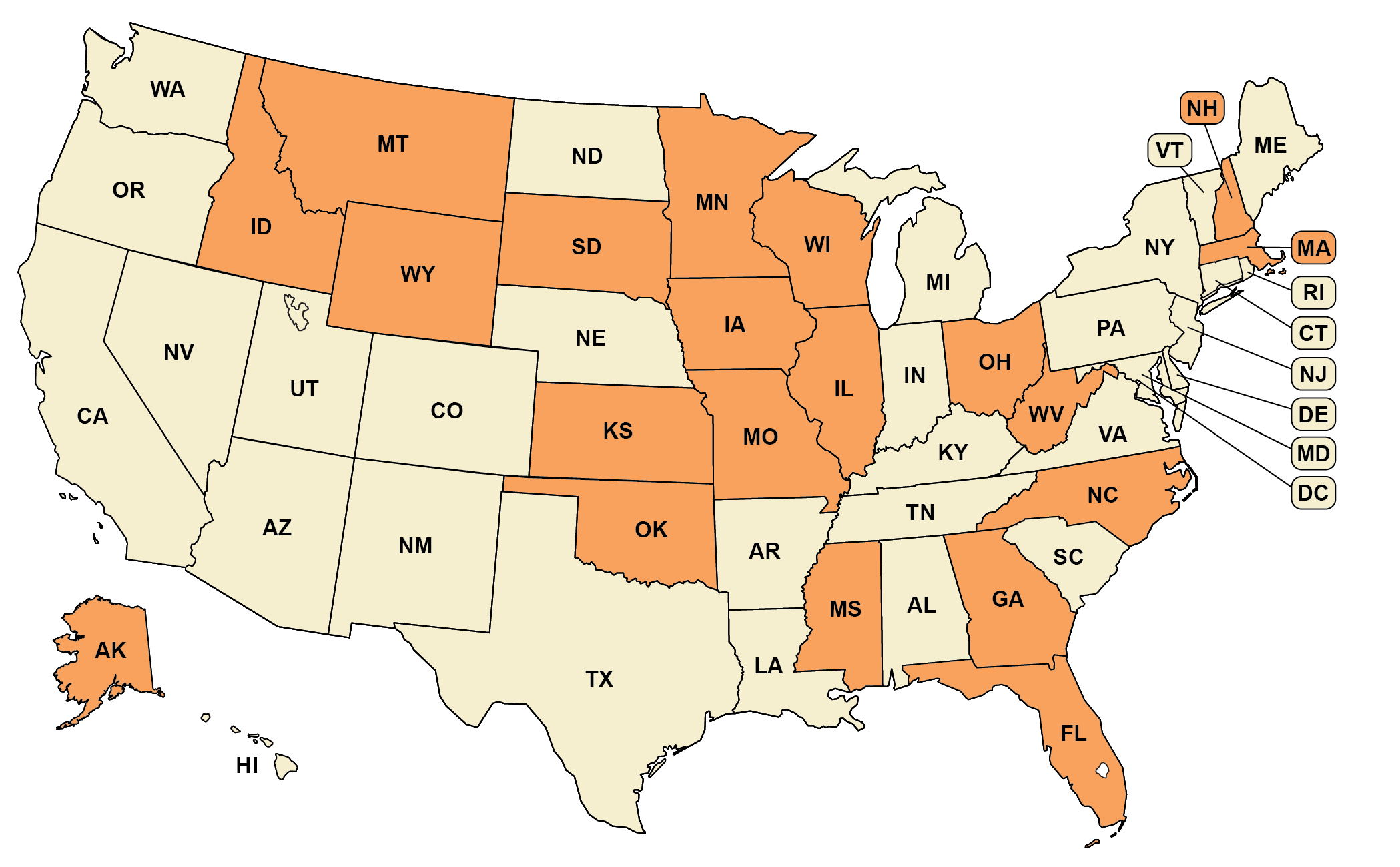Voter lists are an important component of a well-functioning election administration system. To maintain the accuracy of their lists, states utilize a number of methods, such as removing voters who have moved or died. However, some states utilize more aggressive tactics which can result in unwarranted removal from registration lists, including removal from registration lists based solely on a voter’s inactivity in recent elections. This practice results in the erroneous removal of hundreds of thousands of voters each year and has a disproportionate impact on voters from historically underrepresented backgrounds.
*Note: North Dakota does not require voter registration.
-
State law does not initiate removal from registration list based solely on voter's inactivity
(30 states + D.C.)
-
State law initiates removal from registration list based solely on voter's inactivity
(20 states)
Breakdown by Population
*Note: These percentages reflect the voting-eligible population, as reported by the United States Election Project.
66 % of the population lives in states that do not initiate removal from registration list based solely on voter’s inactivity
34 % of the population lives in states that initiate removal from registration list based solely on voter’s inactivity


